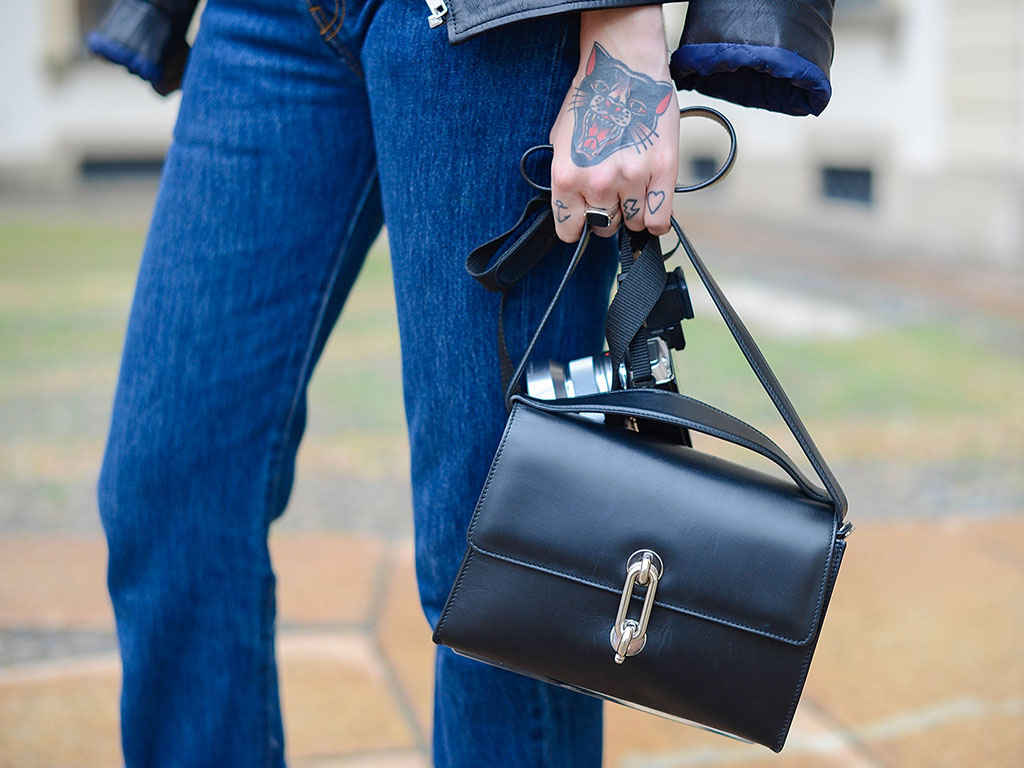The super jean is here! Levi’s and Google collaborate
Levi Strauss and Google have teamed up to produce the jeans of the future – denim with the power to connect users to their smartphones and tablets

A woman wears a pair of Levi's jeans. The company - which has been relatively slow to adopt technology - has collaborated with Google to create what has been called a 'super jean'
Without even a mobile app to boast of, Levi’s has been trailing behind the tech revolution and losing out on precious market share along the way. Yet, what role does a denim fashion house have to be play in the world of technological innovation? As its collaboration with Google indicates, a lot. Levi’s has teamed up with Google for its Project Jacquard, a new technology that permits interactivity with devices through a textile platform. With this futuristic invention, Google envisages users operating their smartphones and tablets through what they are wearing. As the Project Jacquard website says: “Everyday objects such as clothes and furniture can be transformed into interactive surfaces.”
Touches and gestures are used to make commands
Jacquard yarn enables this wondrous feat through its conductive fibre, which weaves thin, metallic threads together with natural and synthetic counterparts. The yarn is therefore strong enough to be woven on standard industrial looms while having the same appearance as traditional yarns.
Interactive surfaces can be woven into a specific location of the material (such as the pocket) or sensor grids can be applied over a larger surface area. As discretion is key, Jacquard yarn can be attached to tiny conductors and circuits that are as small as a button. Touches and gestures are used to make commands; this data is then collated and programmed into the computer’s memory, thereby allowing it to be used again, as well as for other devices.
“When it came to choosing a first partner for Project Jacquard, the Levi’s brand was a natural fit”, said Ivan Poupyrev, a Technical Product Lead for Google’s Advanced Technology and Projects group in a press release. “Levi’s is an iconic brand with deep Bay area roots — authentic and also highly innovative and fashionable. Levi’s brings to Jacquard their deep knowledge and understanding of apparel, their consumers and what they value.”
‘Connected’ clothes open up a new range of possibilities in terms of a consumer’s interaction with devices and services, and enables a seamless ecosystem of connectivity. For the first time, fashion designers will be able to add a new level of functionality to their clothing without having to change their production methods. The classic and well-loved Levi’s brand may be one of the first to incorporate Google’s technology into its products (which will be available to the general public from 2016), but it seems likely others will also follow suit, heralding a new era for both fashion and technology.













